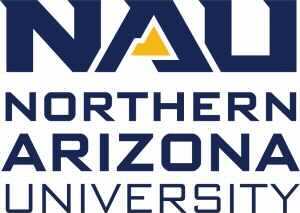
Greater Phoenix: A skilled, diverse & talented workforce
Greater Phoenix is the place for world-class talent, offering a skilled, diverse workforce that is prepared for in-demand disciplines in emerging industries. Graduates from area universities, community colleges and skill-based learning institutions are ready to excel in the jobs of today and tomorrow.
Education
From nationally-ranked schools to globally renowned universities, Greater Phoenix offers a wide array of educational opportunities.
Workforce
The region has an extremely competitive workforce while maintaining one of the lowest costs for labor in the nation.
Training
Maricopa Community Colleges is one of the largest community college systems in the U.S., educating and training more than 200,000 individuals annually.
Source: Maricopa Community Colleges
Greater Phoenix: By the Numbers
37.6
With a median age of 37.6, Greater Phoenix is the 4th youngest metro out of all metros with 5 or more million people.
Source: ACS 1-year, 2022
40+
More than 40 universities and other institutions prepare the market’s workforce across a variety of industries
Source: NCES
5.01M
Greater Phoenix has a population of 5.01 Million and is expected to grow to 5.7 Million by 2029.
Source: AZ Office of Economic Opportunity
Talent Pipeline
The Greater Phoenix region offers a skilled, diverse workforce that is continuously fueled by globally recognized universities and community colleges. These institutions prepare highly qualified graduates for in-demand disciplines within established and emerging industries.
Arizona State University, Maricopa Community Colleges, Grand Canyon University, Northern Arizona University and the University of Arizona are among more than 40 universities and institutions of higher learning preparing Greater Phoenix talent for today’s industries.
Greater Phoenix has an extremely competitive workforce in regards to training, quality and availability of workers while maintaining one of the lowest costs for labor in the nation. Projected employment growth for the next decade (2020-2030) is 15%, compared to the national average of 10%.
Source: Lightcast 2023 Q4








